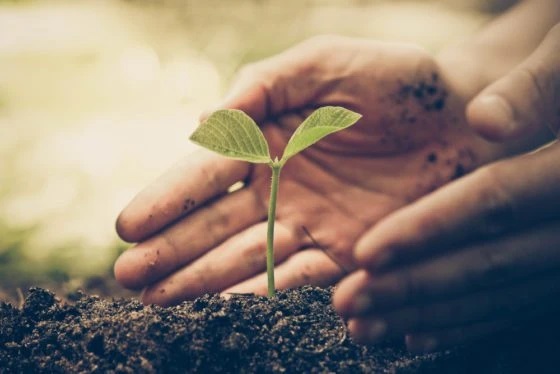Save The Environment
People who want to take a break from their stressful daily routine usually prefer to do something outdoors like walking in a park, soaking up the sun on a beach, trekking up a hill, or camping at a lake. Being in nature definitely refreshes our mind, body, and soul.
Sadly, future generations may not get this opportunity as over-exploitation is slowly disrupting the delicate balance of the different ecosystems. Overpopulation, pollution, and global warming are some of the ways in which human activities have adversely impacted the environment. In this article, we look at these factors and what you can do to mitigate their negative effects.
Human Activities Impacting The Environment
In the past few centuries, the world has made rapid progress thanks to technology, but this progress has come at a price. Let us take a detailed look at three human activities that are having negative consequences on the environment.
1. Population Explosion:
With the increase in the average life expectancy owing to advancements in medicine and industrial farming, human population has been multiplying at an alarming rate. This directly translates into an increased need for natural resources, agriculture, and livestock. To meet these growing demands, trees are cut, chemical fertilizers and insecticides are used for faster growth of plants, and large scale farming of animals is carried out, which greatly impacts the environment. Transportation of these foods and animals over large distances uses up fossil fuels and also causes air pollution. These activities increase the levels of carbon dioxide in the air, which poses a serious threat for the survival of all living beings, including humans.
2. Pollution:
Another big environmental concern is the pollution of natural resources like air, water, and soil as a result of human intervention.
- Air Pollution – Air pollution caused by burning of fossil fuels and emission of toxic gases and pollutants and aerosols by factories and vehicles ranks the highest among all types of pollution. It has been reported that household air pollution and outdoor air pollution are responsible for a large number of premature deaths every year.
- Soil Pollution – Chemical fertilizers, pesticides, and herbicides, waterlogging, subsidence, soil salinization, soil compaction, disposal of garbage, and nuclear waste release pollutants in the soil. These pollutants lead to loss of soil nutrients and make the land unfit for agriculture.
- Water Pollution– The delicate ecosystem of marine life is being destroyed by toxic waste from industries, fertilizer run off, acid rain, and oil spills entering rivers and oceans. Fertilizers, packed with nitrogen, run off into water leading to excessive growth of phytoplankton. These microorganisms reduce the concentration of oxygen in the water, making it poisonous for all living beings. Consumption of polluted water may lead to many medical problems such as food-borne diseases, cancer, and birth defects. Aquatic animals consume poisonous plastics mistaking them for food, which causes them to die eventually from starvation or suffocation.
3. Global Warming:
Global warming is the direct result of human actions like utilization of fossil fuels and deforestation, and is also a secondary effect of other factors like overpopulation. This exponential increase in population is increasing the carbon dioxide levels in the air and raising the world’s average temperature. Greenhouse gases like CO2 and methane, aerosols and CFCs (chlorofluorocarbons) used in refrigeration deplete the ozone layer resulting in global warming.
These rising temperatures are setting up a vicious cycle where the melting arctic land ice and glaciers trap more heat and melt more ice, subsequently causing the ocean levels to rise even more. With the increase in global temperatures, weather patterns around the world will be affected. Hurricanes, droughts, and heat waves will be much more intense in size, frequency, and duration. Not just the weather, but global warming also affects humans as it increases the risk of developing asthma and cancer.
Positive Changes To Save The Environment:

Environmental protection and preservation is the need of the hour. Here are some actions that you can do at an individual level to save environmental resources.
- Opt for recyclables like newspapers, metal, and glass as much as possible. Use paper or cloth grocery bags instead of plastic bags.
- Plant more trees to increase oxygen levels, decrease greenhouse gases, and restore ecological balance.
- Buy foods grown or sourced from local family-run farms, farmer’s markets, and community support agriculture (CSA) programs.
- Conserve fuel and reduce carbon emissions by using low-sulfur fuels and efficient carbon filters. Also, opt for public transport, carpooling or cycling, whenever possible.
- Adopt permaculture, which focuses on constructing natural homes, growing your own food, restoring weak lands and ecosystems, harvesting rainwater, and strengthening societies.
- Regularly clean water bodies like rivers and canals which get blocked by natural waste, garbage dumping and plant growth. This will ensure the banks don’t get over flooded, thus saving many ecosystems.
Conclusion
Human activities have had a detrimental effect on our environment. You can help to renew the earth’s ecosystem by making simple changes like reducing your carbon footprints, food miles, and personal waste.
